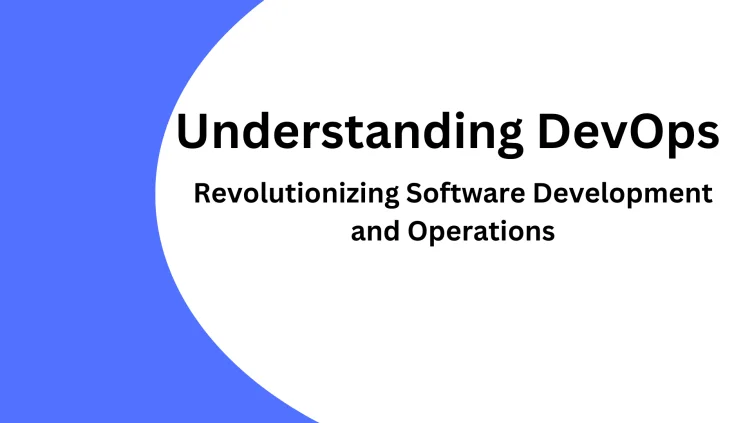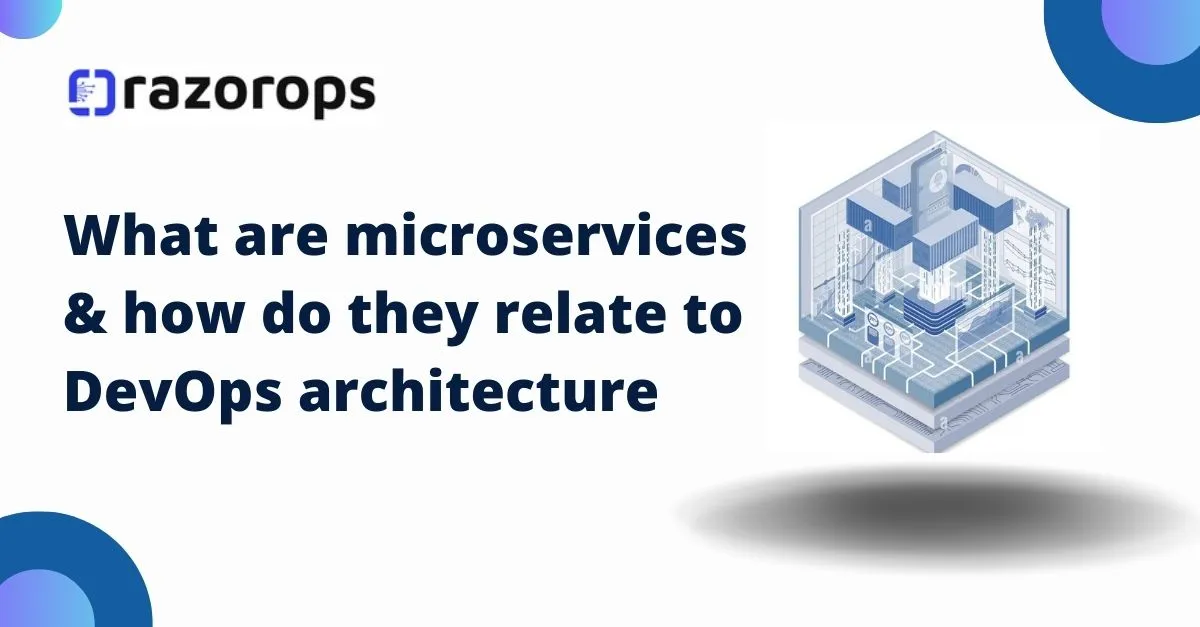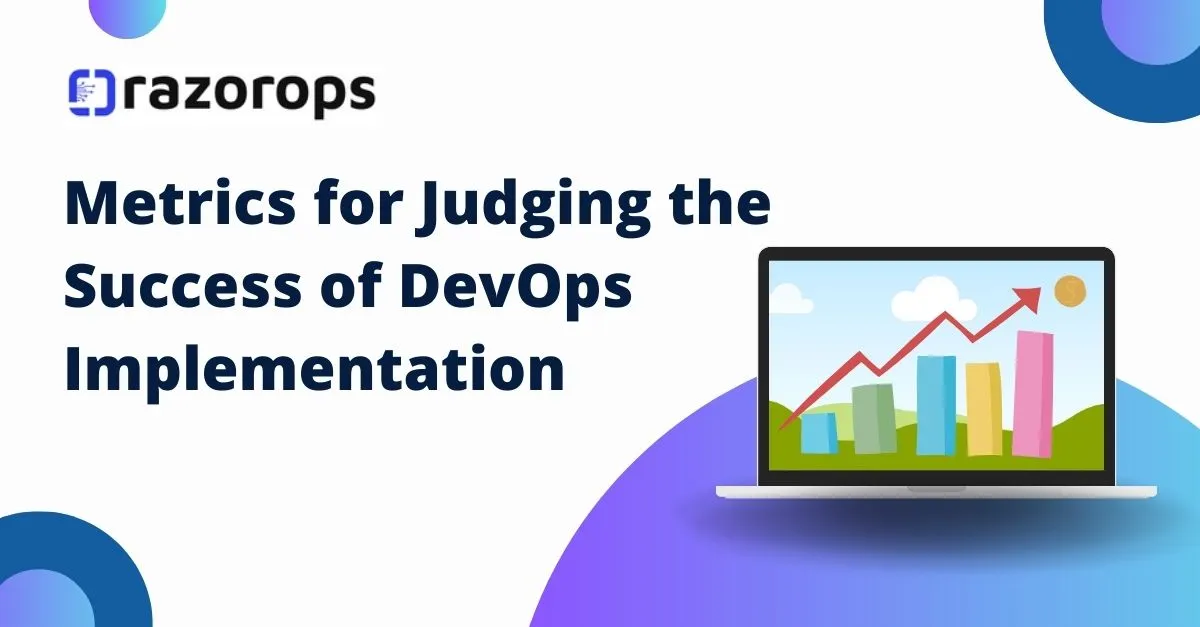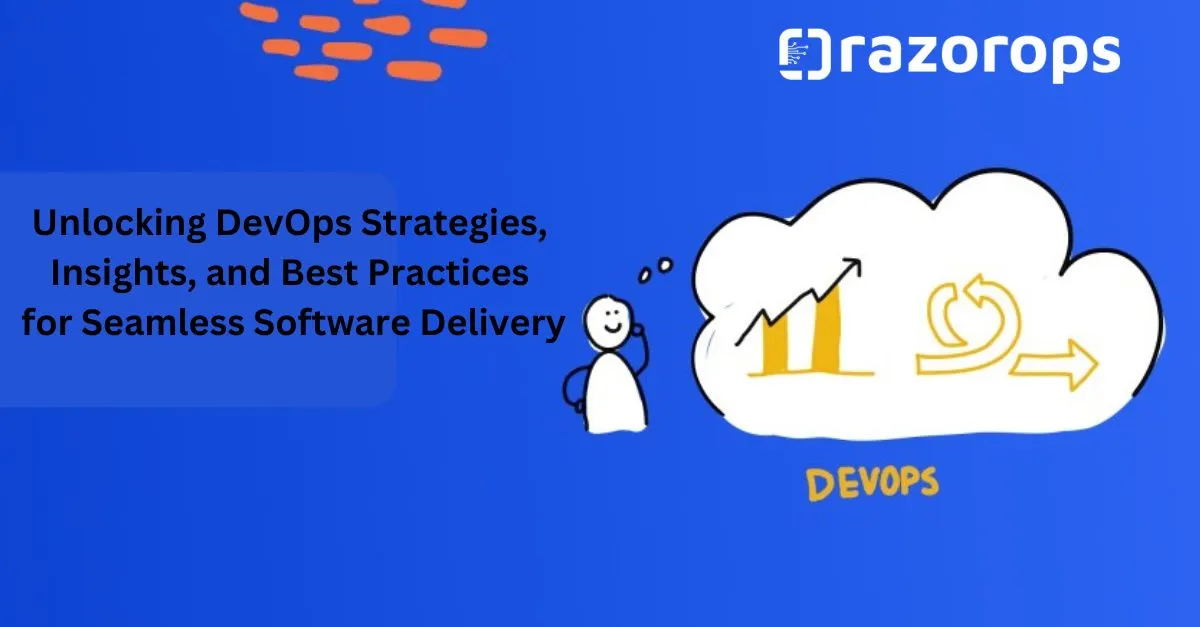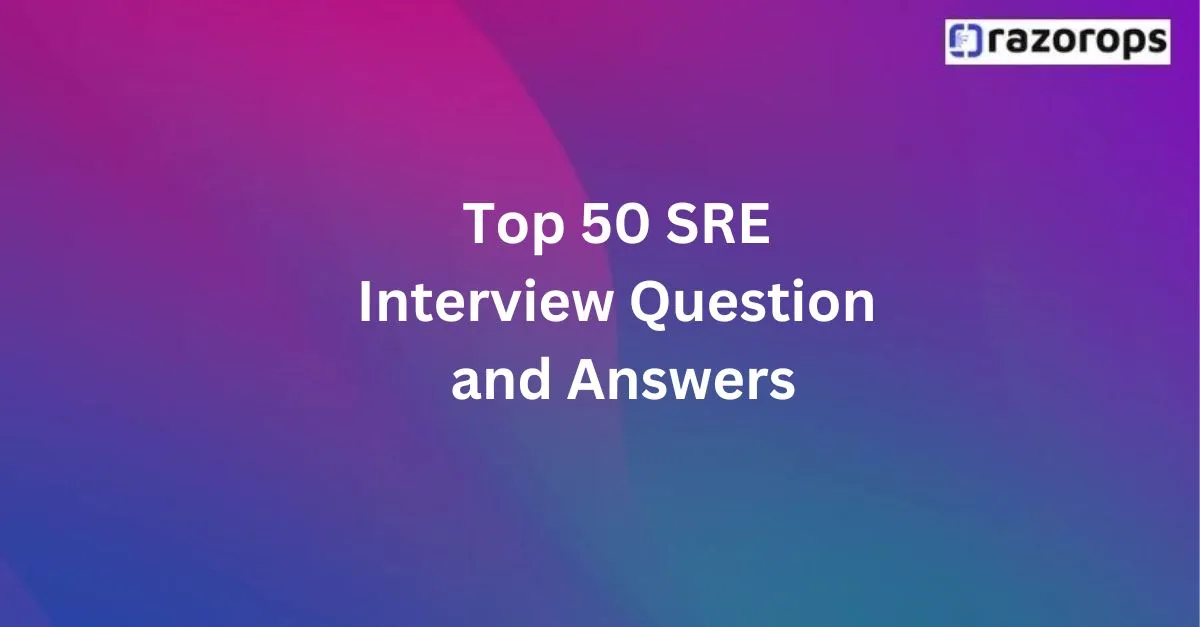Top 50 Cloud Engineer Interview Questions and Answers
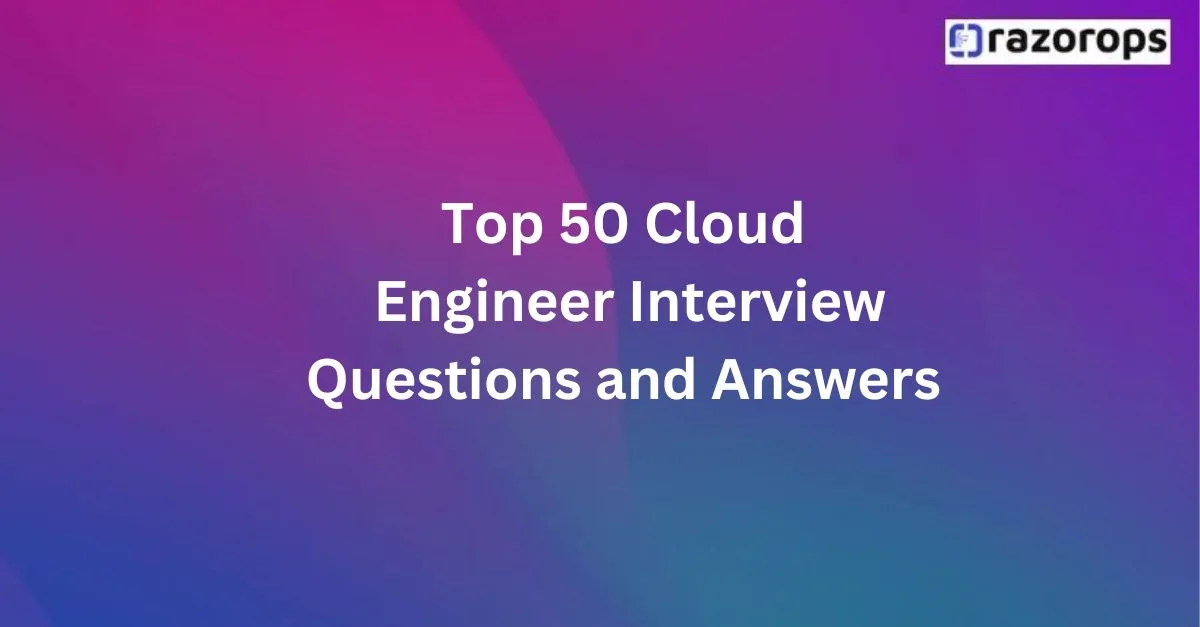
1. What is cloud computing?
Cloud computing is the delivery of various services over the Internet, including data storage, servers, databases, networking, and software.
2. What are the different types of cloud computing?
The three main types are Public Cloud, Private Cloud, and Hybrid Cloud.
3. What is IaaS, PaaS, and SaaS?
IaaS (Infrastructure as a Service) provides virtualized computing resources over the internet.
PaaS (Platform as a Service) provides hardware and software tools over the internet.
SaaS (Software as a Service) delivers software applications over the internet.
4. What are the benefits of cloud computing?
Cost efficiency, scalability, flexibility, disaster recovery, and automatic updates.
5. What is virtualization?
Virtualization is the creation of virtual versions of physical resources like servers, storage devices, and networks.
6. What is AWS?
Amazon Web Services (AWS) is a comprehensive, evolving cloud computing platform provided by Amazon.
7. What is Azure?
Microsoft Azure is a cloud computing service created by Microsoft for building, testing, deploying, and managing applications and services.
8. What is Google Cloud Platform (GCP)?
GCP is a suite of cloud computing services that runs on the same infrastructure that Google uses internally.
9. What is the difference between AWS and Azure?
Both offer similar services, but they have different user interfaces, pricing models, and specific services tailored to different needs.
10. What is AWS EC2?
Amazon Elastic Compute Cloud (EC2) provides resizable compute capacity in the cloud.
11. What is S3 in AWS?
Amazon Simple Storage Service (S3) is an object storage service that offers scalability, data availability, security, and performance.
12. What is Blob Storage in Azure?
Azure Blob Storage is a service for storing large amounts of unstructured object data, such as text or binary data.
13. What is Cloud Storage in GCP?
Google Cloud Storage is a unified object storage solution for developers and enterprises.
14. How do you secure data in the cloud?
Using encryption, access controls, and regular audits.
15. What is CDN?
A Content Delivery Network (CDN) is a system of distributed servers that deliver content to a user based on their geographic location.
16. What is VPC in AWS?
Amazon Virtual Private Cloud (VPC) enables you to launch AWS resources in a virtual network that you define.
17. What is a firewall in cloud computing?
A firewall in cloud computing is a security system that monitors and controls incoming and outgoing network traffic based on predetermined security rules.
18. What is IAM?
Identity and Access Management (IAM) is a framework of policies and technologies to ensure that the right users have the appropriate access to technology resources.
19. What is a subnet?
A subnet is a segmented piece of a larger network, typically used to improve network performance and security.
20. How do you implement security in the cloud?
By using strong passwords, encryption, multi-factor authentication, and security groups.
21. What is DevOps?
DevOps is a set of practices that combines software development (Dev) and IT operations (Ops) to shorten the development lifecycle and provide continuous delivery.
22. What is CI/CD?
Continuous Integration (CI) and Continuous Deployment (CD) are practices that improve software development by automating testing and deployment.
23. What is Docker?
Docker is a tool designed to make it easier to create, deploy, and run applications by using containers.
24. What is Kubernetes?
Kubernetes is an open-source system for automating deployment, scaling, and management of containerized applications.
25. What is Terraform?
Terraform is an open-source infrastructure as code software tool that provides a consistent CLI workflow to manage hundreds of cloud services.
26. What is a microservices architecture?
Microservices architecture is a style that structures an application as a collection of loosely coupled services, which implement business capabilities.
27. What is a serverless architecture?
Serverless architecture is a way to build and run applications and services without having to manage infrastructure.
28. What is an API Gateway?
An API Gateway acts as a reverse proxy to accept all application programming interface (API) calls, aggregate the various services required to fulfill them, and return the appropriate result.
29. What is load balancing?
Load balancing is the process of distributing network or application traffic across multiple servers.
30. What is auto-scaling?
Auto-scaling is a cloud computing feature that automatically adjusts the number of active servers to match the current load.
31. What is cloud monitoring?
Cloud monitoring is the process of reviewing, observing, and managing the operational workflow in a cloud-based IT infrastructure.
32. What is CloudWatch in AWS?
Amazon CloudWatch is a monitoring and management service built for developers, system operators, site reliability engineers (SRE), and IT managers.
33. What is Azure Monitor?
Azure Monitor is a platform service that provides a full stack monitoring for applications, infrastructure, and networks.
34. What is Stackdriver in GCP?
Stackdriver is a monitoring, logging, and diagnostics tool for applications on Google Cloud Platform and AWS.
35. What is cost management in cloud computing?
Cost management involves tracking, analyzing, and optimizing cloud expenditure to ensure efficient and cost-effective use of cloud resources.
36. What is Big Data?
Big Data refers to large, complex datasets that are difficult to process using traditional data processing applications.
37. What is a data warehouse?
A data warehouse is a central repository of integrated data from one or more disparate sources, used for reporting and data analysis.
38. What is ETL?
ETL stands for Extract, Transform, Load. It is the process of extracting data from different sources, transforming it into a suitable format, and loading it into a data warehouse.
39. What is data lake?
A data lake is a centralized repository that allows you to store all your structured and unstructured data at any scale.
40. What is machine learning?
Machine learning is a subset of artificial intelligence that involves training algorithms to learn patterns and make predictions from data.
41. How do you troubleshoot network latency issues in the cloud?
By checking network configurations, analyzing traffic, and using tools like traceroute and ping.
42. How do you handle cloud resource limits?
By monitoring usage, understanding service limits, and requesting limit increases when necessary.
43. What are cloud best practices?
Using multi-factor authentication, encrypting data, regular backups, monitoring, and cost management.
44. What is disaster recovery in cloud computing?
Disaster recovery involves having a set of policies, tools, and procedures to enable the recovery or continuation of vital technology infrastructure and systems.
45. How do you ensure high availability in the cloud?
By using redundant systems, load balancing, and failover mechanisms.
46. What is an API?
An API (Application Programming Interface) is a set of protocols and tools for building software and applications.
47. What is edge computing?
Edge computing is a distributed computing paradigm that brings computation and data storage closer to the location where it is needed.
48. What is hybrid cloud?
Hybrid cloud is a computing environment that combines on-premises infrastructure, or private clouds, with public clouds.
49. What is a container?
A container is a lightweight, standalone, executable package of software that includes everything needed to run it.
50. What is Infrastructure as Code (IaC)?
Infrastructure as Code (IaC) is the process of managing and provisioning computing infrastructure through machine-readable



